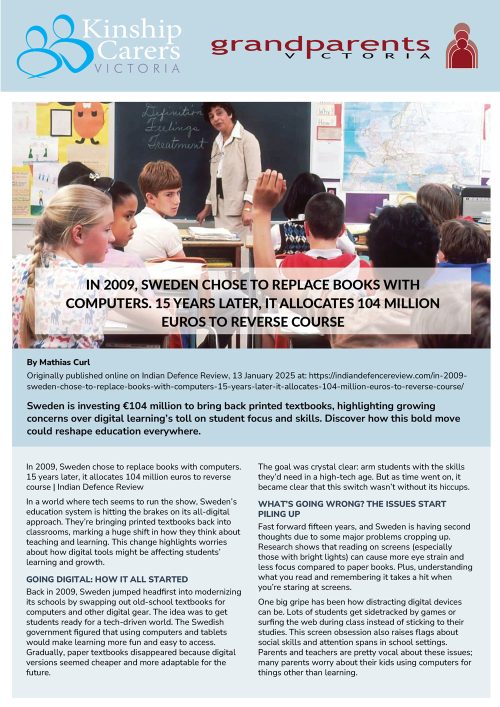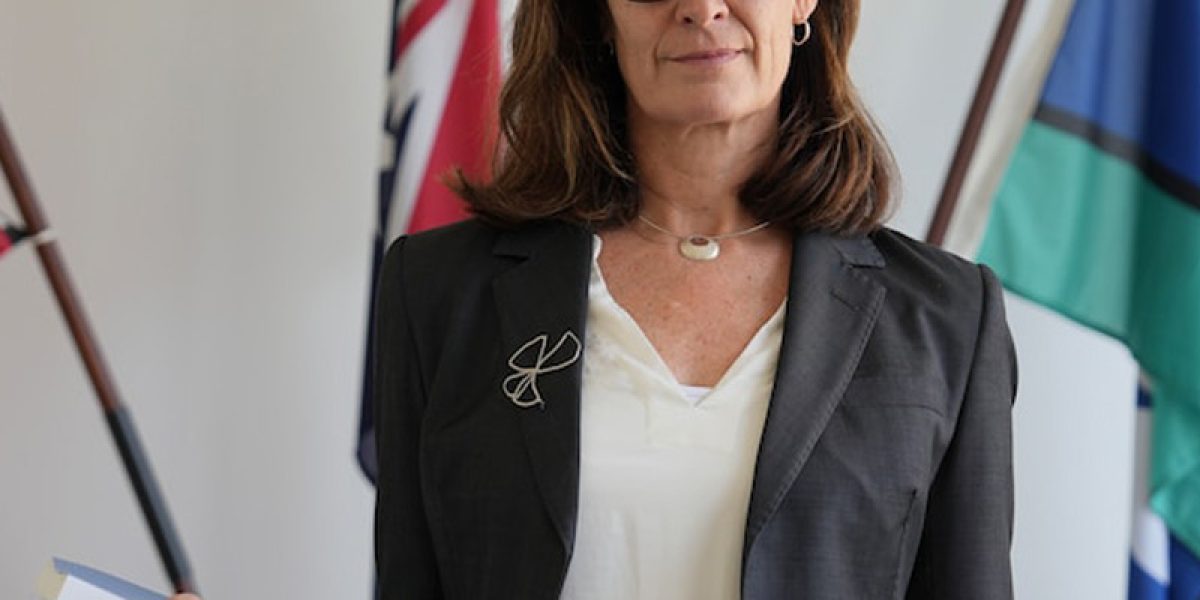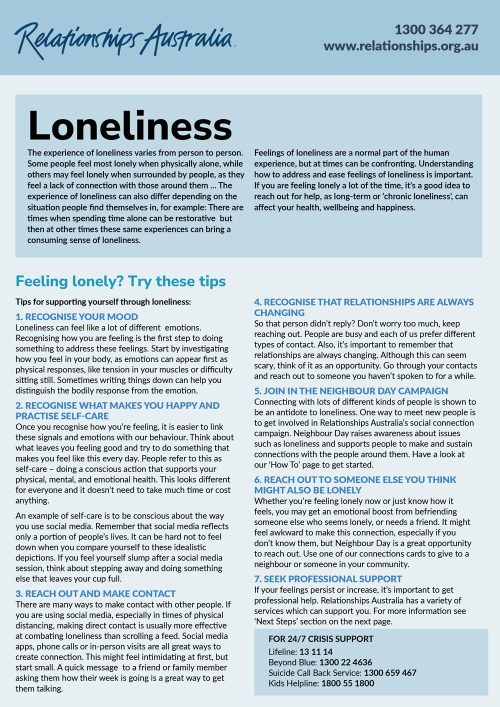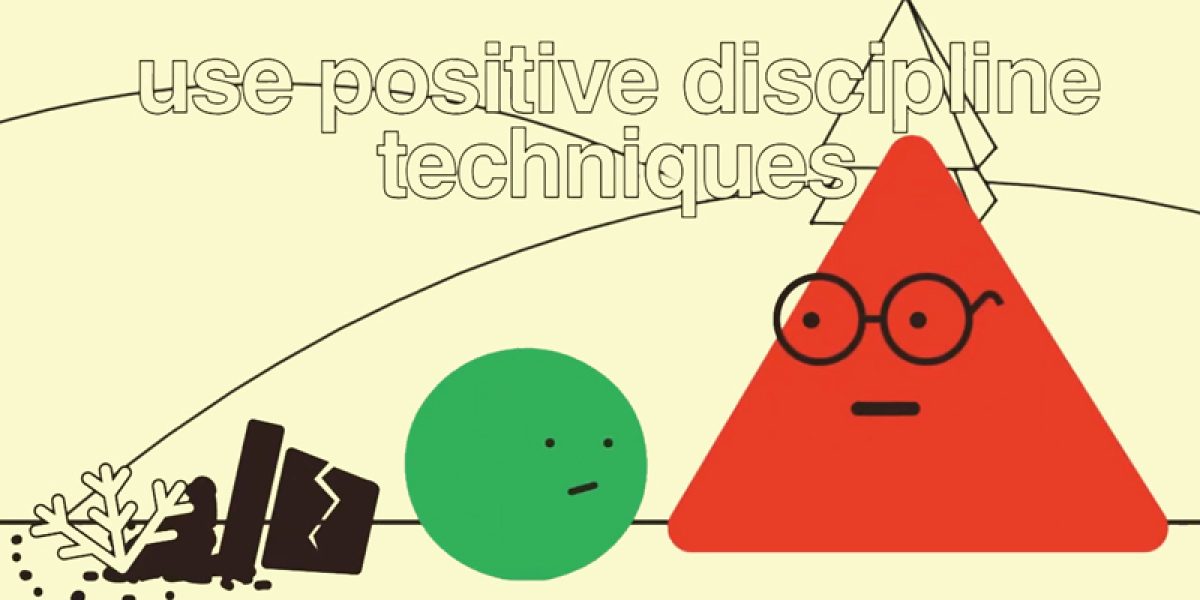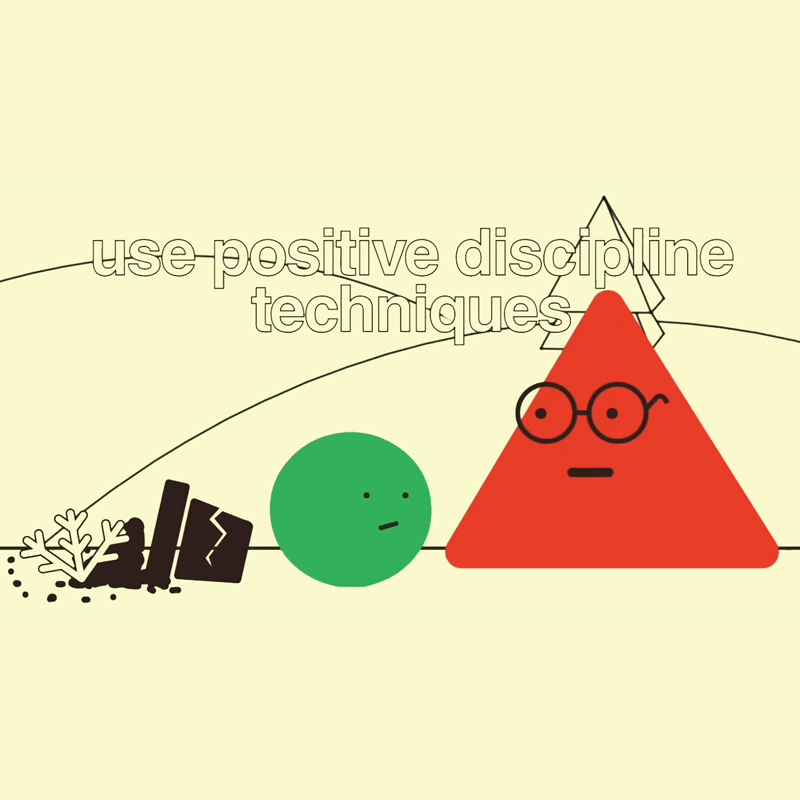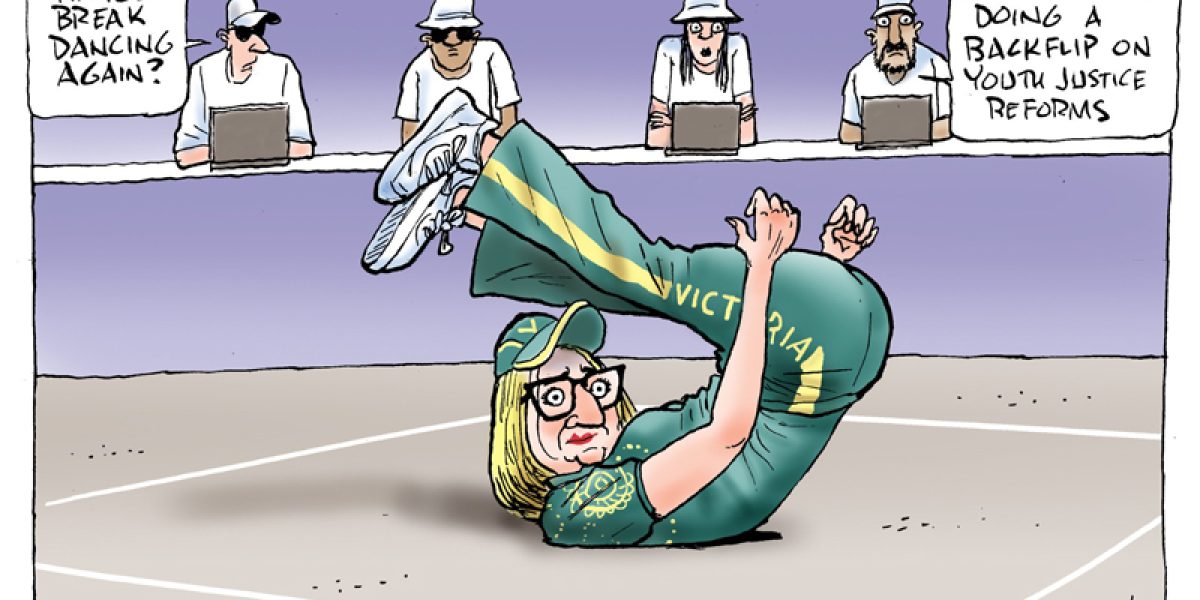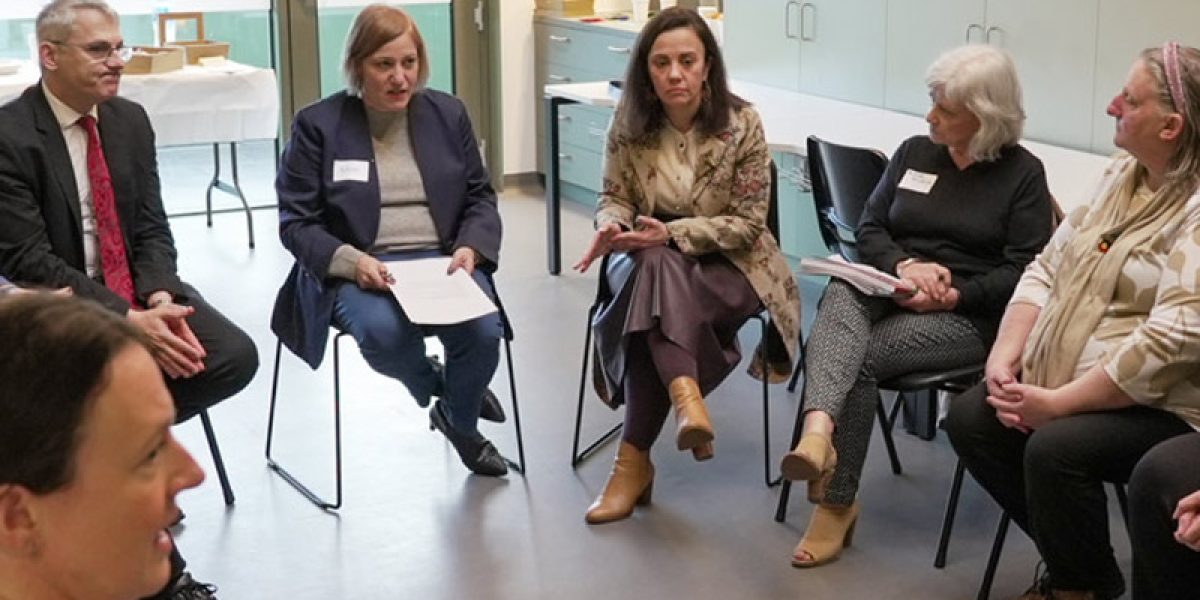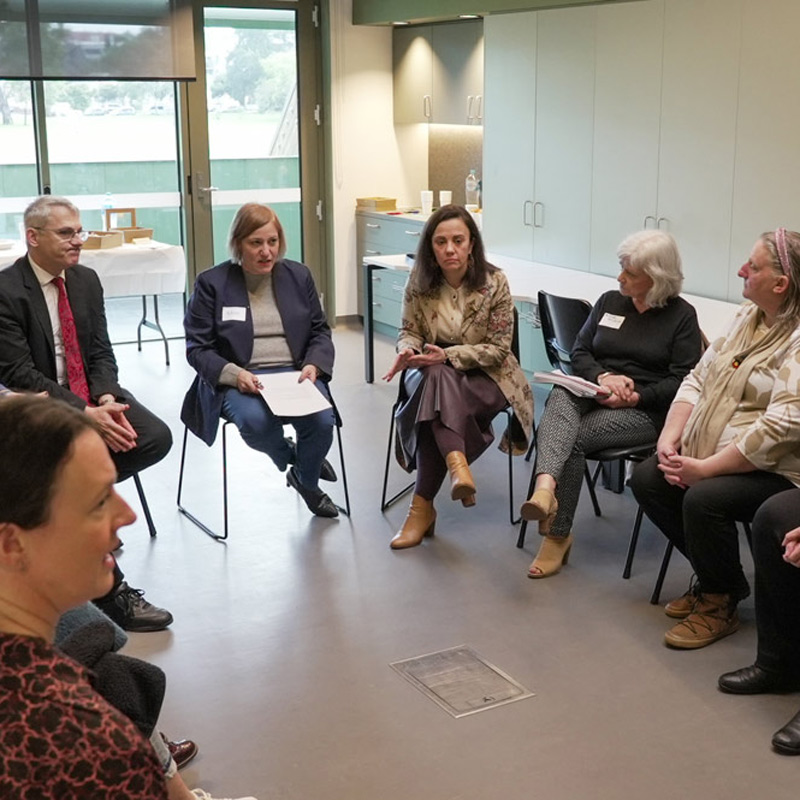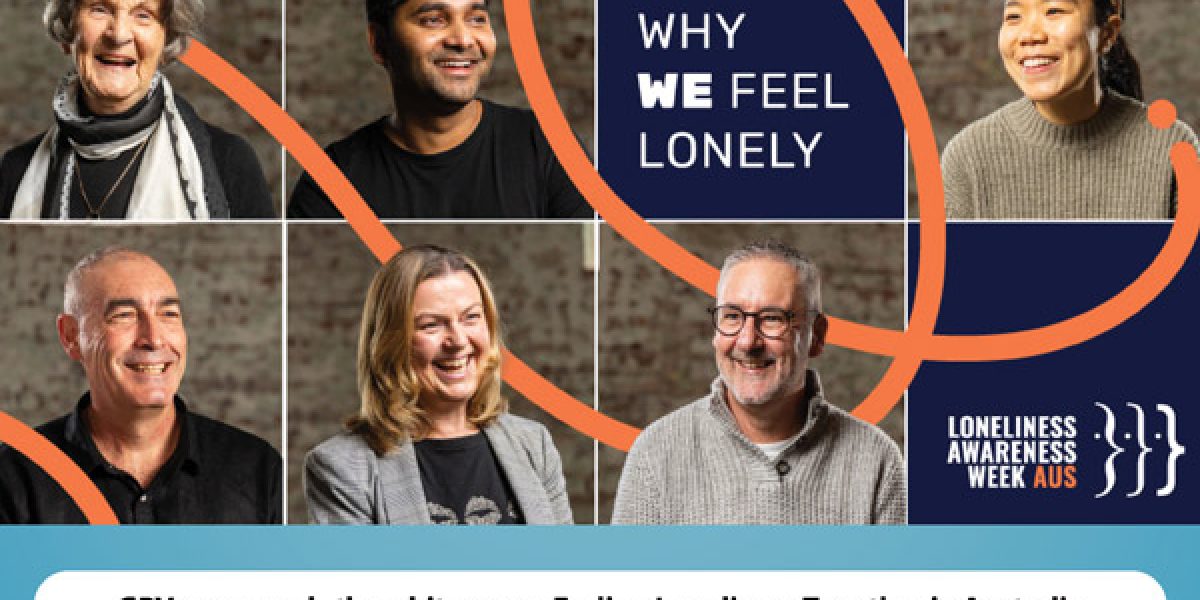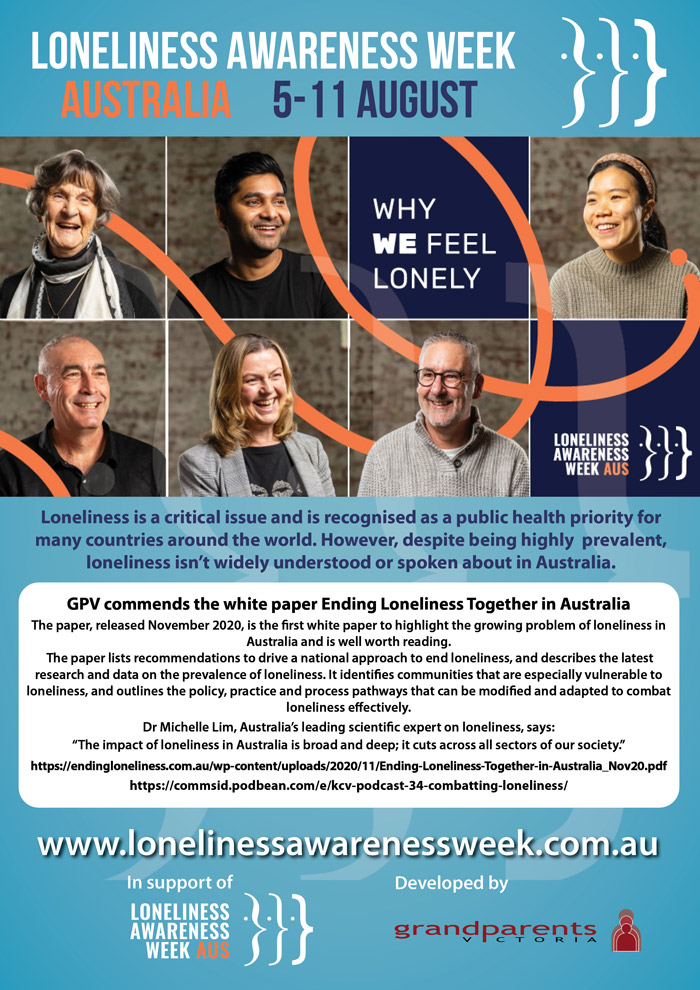GPV commends the white paper Ending Loneliness Together in Australia
The paper, released November 2020, is the first white paper to highlight the growing problem of loneliness in Australia and is well worth reading.
The paper lists recommendations to drive a national approach to end loneliness, and describes the latest research and data on the prevalence of loneliness. It identifies communities that are especially vulnerable to loneliness, and outlines the policy, practice and process pathways that can be modified and adapted to combat loneliness effectively.
Dr Michelle Lim, Australia’s leading scientific expert on loneliness, says:
“The impact of loneliness in Australia is broad and deep; it cuts across all sectors of our society.”


